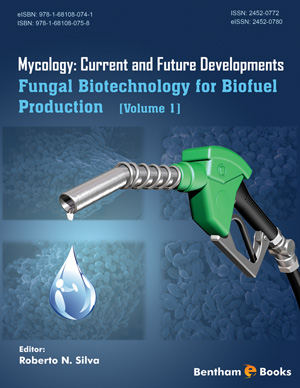Abstract
SHS investigation development is considered from the geographical and historical viewpoint. 3 stages are described. Within Stage 1 the work was carried out in the Department of the Institute of Chemical Physics in Chernogolovka where the scientific discovery had been made. At Stage 2 the interest to SHS arose in different cities and towns of the former USSR. Within Stage 3 SHS entered the international scene. Now SHS processes and products are being studied in more than 50 countries.
Abstract
Biofuels derived from lignocellulose are attractive alternative fuels but their production suffers from a costly and inefficient saccharification step that uses fungal enzymes. One route to improve this efficiency is to better understand the transcriptional regulation and responses of filamentous fungi to lignocellulose. Sensing and initial contact of the fungus with lignocellulose is an important aspect. Differences and similarities in the responses of fungi to different lignocellulosic substrates can partly be explained with existing understanding of several key regulators and their mode of action, as will be demonstrated for Trichoderma reesei, Neurospora crassa and Aspergillus spp. The regulation of genes encoding Carbohydrate Active enZymes (CAZymes) is influenced by the presence of carbohydrate monomers and short oligosaccharides, as well as the external stimuli of pH and light. We explore several important aspects of the response to lignocellulose that are not related to genes encoding CAZymes, namely the regulation of transporters, accessory proteins and stress responses. The regulation of gene expression is examined from the perspective of mixed cultures and models that are presented for the nature of the transcriptional basis for any beneficial effects of such mixed cultures. Various applications in biofuel technology are based on manipulating transcriptional regulation and learning from fungal responses to lignocelluloses. Here, we critically access the application of fungal transcriptional responses to industrial saccharification reactions. As part of this chapter, selected regulatory mechanisms are also explored in more detail.
Keywords:
Accessory proteins, Aspergillus, biofuel, CAZyme, gene regulation, inducer, light, lignocellulose, mixed culture, model, Neurospora, nucleosome, pH, saccharification, signalling, stresses, transcription factor, transporter, Trichoderma, XlnR/XYR1/XLR-1.
Recommended Chapters
We recommend

Authors:Bentham Science Books


 Download PDF Flyer
Download PDF Flyer



